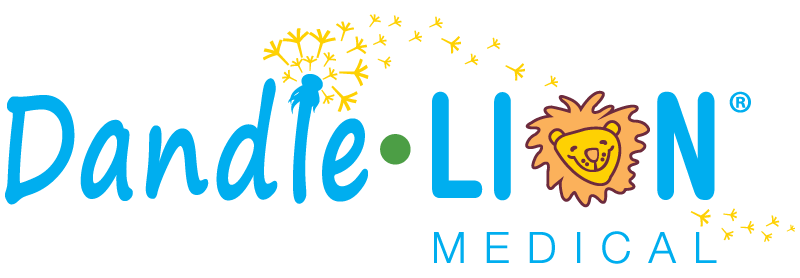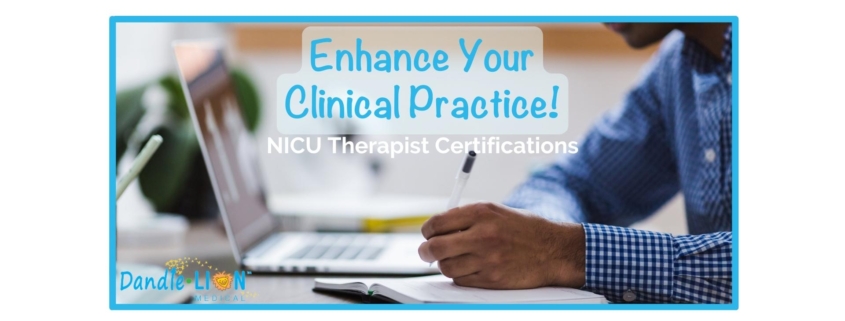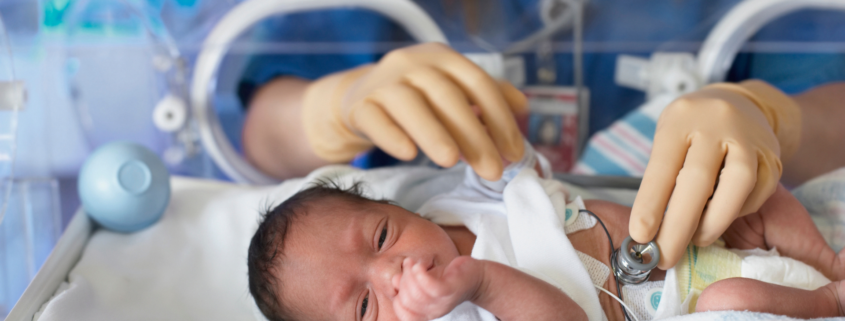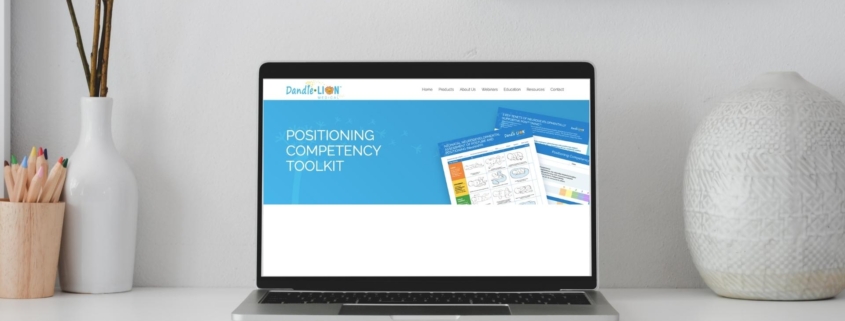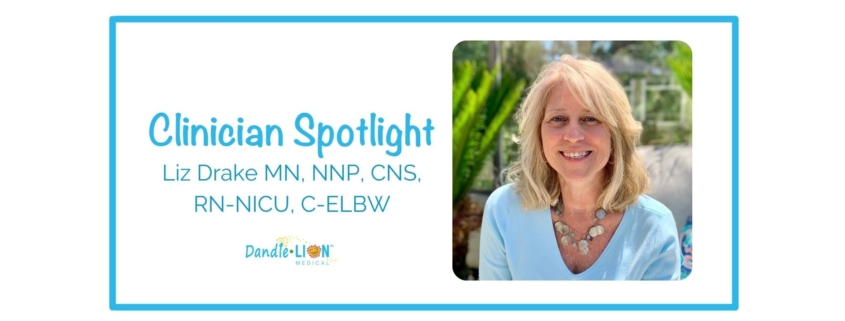9 Therapist Certifications To Enhance Your Clinical Practice
You may have seen our recent blog post about Nurse Certifications, but don’t think we forgot about our Therapist Certifications! Check out the different specialty certifications and certificates available to therapists in the NICU.
Professional Board Certifications
Certified Neonatal Therapist (CNT)
The CNT certification from the Neonatal Therapy Certification Board (NTCB) identifies NICU professionals who are qualified to administer therapeutic care to NICU patients. Find more information about the certification requirements here.
APTA Pediatric Specialist Certification
Governed by the American Board of Physical Therapy Specialties (ABPTS), this certification identifies “individuals who have demonstrated advanced clinical knowledge and skills in physical therapy specialty areas.” Learn more about the specialty areas offered here.
Board Certification in Pediatrics (BCP)
This certification, from the American Occupational Therapy Association (AOTA), recognizes those with “specialized knowledge and critical thinking in the area of pediatric occupational therapy,” according to the AOTA certification information page. Learn about the certification eligibility criteria here.
Additional Certifications and Certificates
Neonatal Touch & Massage Certification™ (NTMC)
This certification, according to the NTMC homepage, is “an exclusively neonatal, one-of-a-kind certification for neonatal healthcare providers.” It provides a combination of holistic, neonatal, and systems theory in its approach to massage. Learn more about this certification process here.
Neonatal Oral Motor Assessment Scale Practitioner (NOMAS)
The Neonatal Oral Motor Assessment Scale was developed in 1983 by Marjorie Meyer Palmer MA, CCC-SLP, and is used for evaluating “neonatal sucking patterns in preterm and term infants,” according to their international homepage. This certification requires a three-day training course, bedside practicum, and a test in order to become a certified NOMAS practitioner. Learn more about training and becoming certified here.
Neuro-Developmental Treatment (C/NDT)
The Neuro-Developmental Treatment Association is a not-for-profit association “consisting of therapists, consumers, and other professionals dedicated to the use and advancement of Neuro-Developmental Treatment (NDT) approach to multidisciplinary treatment of neuromuscular dysfunction,” according to their certification brochure.
The NDT Certification™ ensures the continuous integration of current NDT Theory and Practice. Learn more about the certification and its requirements here.
Certified Infant Massage Instructor (CIMI®)
The International Loving Touch Foundation Inc. is one of the world’s first established training programs for infant massage, its founder and director Diana Moor, MS, LMT, CIMI® has been teaching the subject since the early 1970s.
The Certified Infant Massage Instructor program is accessible either asynchronously or synchronously online from their website. Learn more about their online certification program here.
Certified Manual Lymph Drainage Therapist (CMLDT)
From the Academy of Lymphatic Studies, this 5-day, 40-hour certification course is ideally structured to introduce the techniques and applications of the treatment known as Manual Lymph Drainage (MLD) — developed by Emil Vodder, Ph.D. Learn more about the course and its requirements here.
Trauma-Informed Professional Certificate (TIP)
This certificate is provided by Caring Essentials Collaborative, LLC. It is an assessment-based certificate program that “realizes the pervasiveness of trauma in everyday life and its lifelong lasting effects,” according to their certificate information. Learn more about this certificate here.
